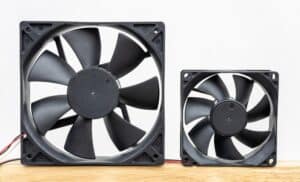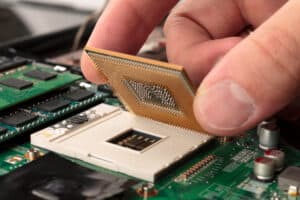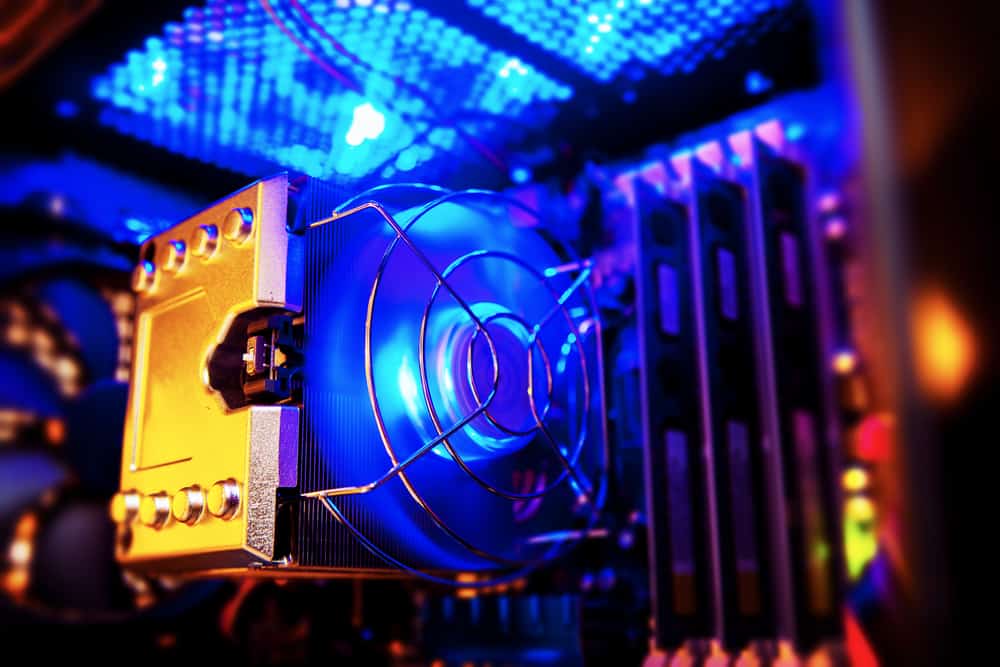
There are a lot of things going on to make your computer work. Tiny chips and wires intermingle with one another to do some amazing things, including connecting you to the web and allowing you to download all of your favorite apps and programs.
Because of all the interactions going on, your computer can heat up, reaching temps that could damage the interior. That’s when the fan kicks in, though its speed is not readily controllable. You can change your fan speed without accessing your BIOS by using a fan control software.
There are a few other ways to do it too, all of which we’ll go over below. Follow our step-by-step guides to change your CPU speed without having to mess with BIOS.
Top 3 Ways to Change Your CPU Fan Speed Without BIOS
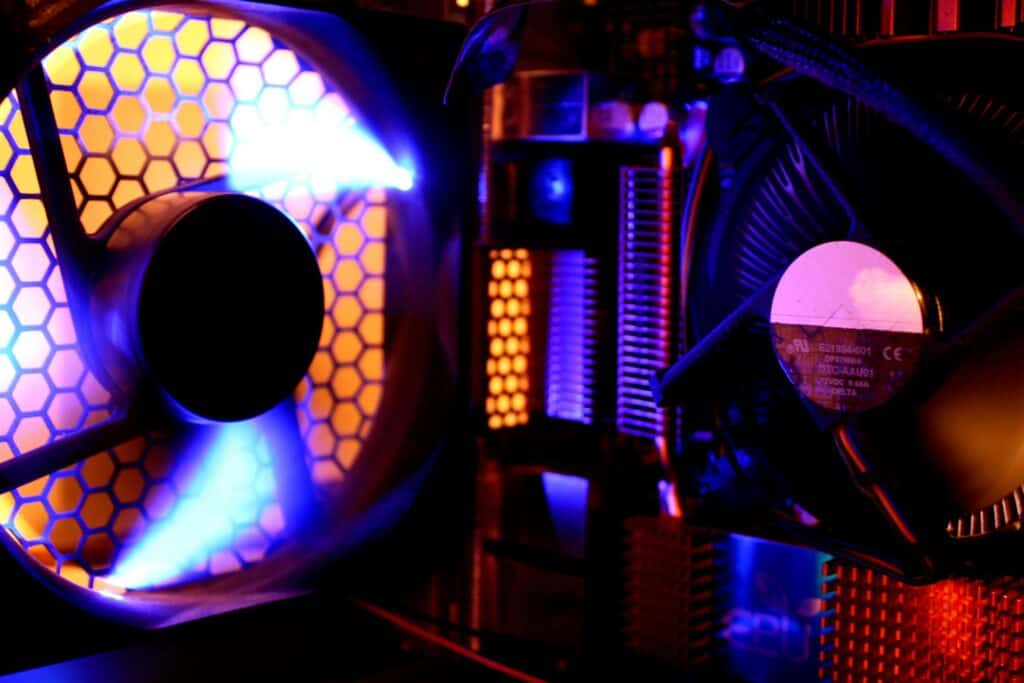
Controlling your fan speed is essential to keeping your computer running at optimal speeds. To ensure that you’re not getting too much air and noise (or too little if your computer is heating up) here are 5 ways that you can do so without accessing BIOS.
Method #1. Use A Fan Control Software
There is software for everything these days, including those that help you keep your computer running at peak performance. When you use software, you’ll not only be able to control your fan speed but get a glimpse of how everything is running.
Because the software is directly monitoring the internal workings of your computer, you’ll be able to see how different activities affect your computer and the fan speed. Plus, with just a few clicks, you can adjust the fan speed, going up or down depending on how your computer is reacting.
If there is one software that takes the cake, it’s SpeedFan.
About SpeedFan
SpeedFan has been on the market for some years now, making a name for itself as a quick and easy way to adjust the fan speed. If you’ve never used software like SpeedFan, it could be a bit difficult to figure out, as there are lots of configurations to make so that it runs smoothly.
A few issues you could run into are compatibility and the fact that incorrect setup could lead to damage to your hardware. Still, if you grab some expert advice and set it up properly, SpeedFan is one of the best ways to enjoy control over your computer fan speeds.
How To Install SpeedFan
If you are interested in trying out SpeedFan, follow the guide below.
Step 1: Visit the Official Site and Download
SpeedFan is readily available for download for anyone that has a solid connection. Those with a computer can visit the website and install the software after they’ve checked for compatibility. The program will scan the computer before setup, then you just have to follow the steps for installation.
Once setup is done, the software will show the speeds of the fans in your device along with the temperature of your processor. All of these come together to make your computer run smoothly, allowing you to control them so that you can keep in running in tip-top shape.
Step 2: Configure Speeds
SpeedFan has some automated speeds already configured into their program. You can opt to configure for the speeds to change automatically, though this option might not be the best if you want to control it yourself.
If you would like to do so, simply configure your setup the way that you want to, making sure that the speeds match those that you need for the moment you’re looking for. Then, you can adjust when you need to based on the feedback you receive from the software.
Step 3: Set Up your Automatic Speeds
If you do want your speeds to change automatically, you’ll need to let the software know what you consider to be min and max speeds. This will help your computer stay cool and will let the software know when to kick them in gear or switch them off.
To do this, all you’ll need to do is go to the “Speeds” tab, drop down the menu, and select “configure.” Then, you can select the speeds you want and change them as you need to, adjusting to your needs as you monitor the software.
There is also a way to configure your fan speeds based on the temperature registered from the software, so you can select a temperature to keep your PC within safe temperatures no matter how much activity you’ve got going on at the same time.
Method #2. Use External Fan Controllers
Instead of hooking up the software and configuring complicated details, you can also use external fan controllers. These work to keep the temperature of your computer cool, making sure that it doesn’t overheat.
External fan controllers come in all shapes, sizes, and prices, making them accessible to everyone. Using them is simple and doesn’t require any kind of setup, simply adding it to the outside of your pc and switching it on when it’s needed.
Method #3. Add Notebook FanControl
For a software that’s a little bit more user-friendly, you can go for Notebook FanControl. This is simple to set up and works by monitoring the computer’s temperature so that the fan switches on when it’s needed.
Beginners can just start it up and get it going, watching as it monitors speeds in real-time and even launches automatically when it notices that temps are a bit too high.
How To Keep Your Computer Cool?
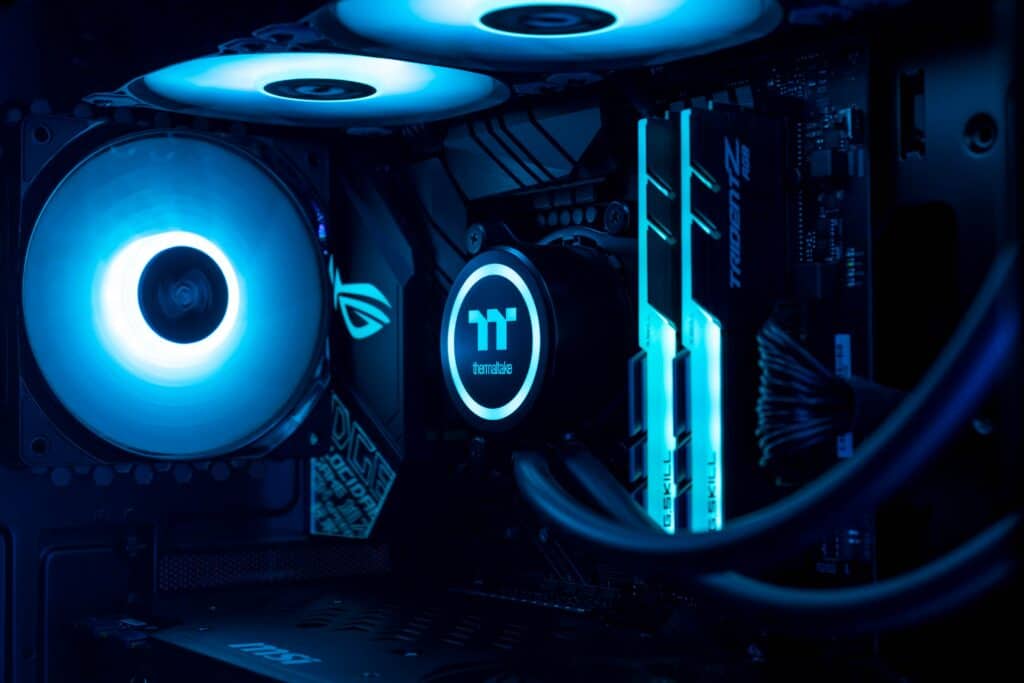
There are several reasons why your computer may start to overheat. Daunting tasks and overworking are a few of them, though failure to properly maintain your computer can also result in warmer temperatures. To keep your computer cool and away from overheating, try these.
Tip #1. Avoid Windows
No, this is not a campaign against Windows, we mean the windows in your home. The presence of the sun changes throughout the day and can cause your computer’s temperature to fluctuate, doing so to a point that kicks your CPU fan into overdrive, which could throw off the regular temperature.
Tip #2. Keep Vents Clean
The air is filled with small particles that love to accumulate in the tiniest of places. The vents around your computer are tiny and seem to somehow always attract tiny dust particles. Make sure that you keep an eye on your vents and keep them cleaned out.
You can simply wipe them down or even get a can that’s filled with air to blow the tiny particles out and give your computer some room to breathe.
Tip #3. Shut Down and Close Up
If you’re in the habit of keeping your computer open and out at all times, this could cause the temperature to increase and kick the fan into gear. When you shut down your computer and close up the top, you’re giving your computer a chance to rest and not use any power.
This could leave it well rested for the next time you need to log in and ensure that you’re not doing any activities that will lead to overheating.
Tip #4. Upgrade your Fan
You might not know this, but the fan inside of your computer is one of the most sensitive parts. Replacement can be costly and leaving it to work only so-so can be dangerous for your computer. Instead of waiting for that day to come, you should try to stay ahead of the game and upgrade your fan.
In that way, you can enjoy a longer lifetime and purchase a fan with a guarantee. Plus, you can find some that are not hypersensitive and will support high speeds without the risk of breaking them down.
Tip #5. Invest in a Water Cooler
There is a trend among gamers, as some of their streaming sessions pack a lot of graphics that produce heat. When they play for hours, their computer may start to overheat when trying to keep up, a job that is too much for most factory fans.
To combat this issue, many gamers invest in a water-cooling system, which works to cool down high temperatures quickly. These are relatively inexpensive and can result in lasting cooling that will allow computer users to get through any task.
Tip #6. Invest in Software
These days, some of the monitoring software out there can give you an idea of what’s happening in real-time. This means that you can have a good idea of what’s happening with your computer internally, making changes to your habits that help it stay cool.
There are a number of software programs out there today, most of them compatible with the majority of makes and models.
Keep Calm, And Computer On
Sending your fan into overdrive is never a good thing, leading to issues later on down the road. Make sure that your fan is in good shape and change the speed without BIOS, using one of our 3 simple methods. You can also take steps to change your habits, doing so as a way to keep your CPU fan running strong. Keep it clean, take care of your computer, and replace it when needed.





